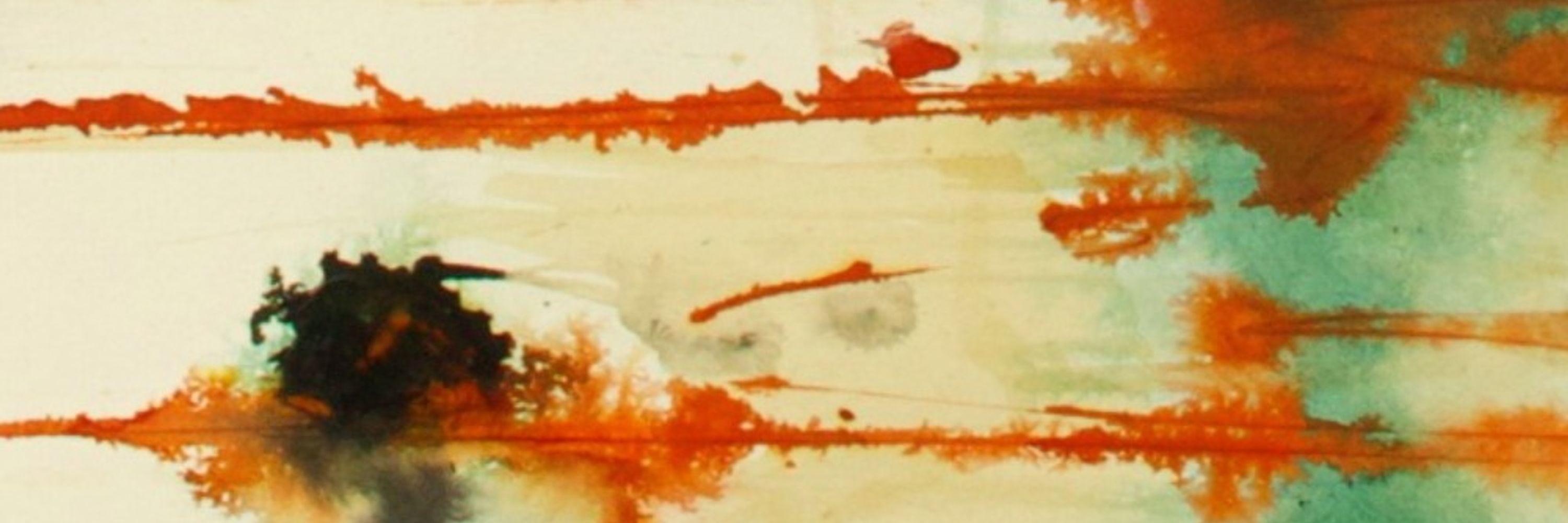
I'm excited to share our most theoretical work yet, led by 3rd year PhD student Paul Torrillo. We revisit the old observation that dN/dS depends on the distance between compared sequences. We arrive at a radically different conclusion than current prevailing theory. www.biorxiv.org/content/10.1...
Any luck you'd talk about this at MVIF? 1 question: Imagine env changes and residue at pos 100 is selected. Then env changes back, but pos 100 is not reverted, instead pos 102 is (another path back to orig phenotype). Then did this phenotypic reversion result in higher dN/dS not lower?
What's your interpretation of alpha in this model? In the 'standard' model the interpretation is 'fraction of nonsynomous mutations that are neutral'. But if dN/dS is driven by sweeping reversions, that no longer applies. I have some ideas but would like to hear how you think of this.
Happy to see this out!
love to see it
When bacterial genomes were first sequenced, low levels of dN/dS predominated, suggesting purifying selection. But as more closely related organisms started being sequenced in the early 2000s, high dN/dS (~1) values were observed genomewide.
